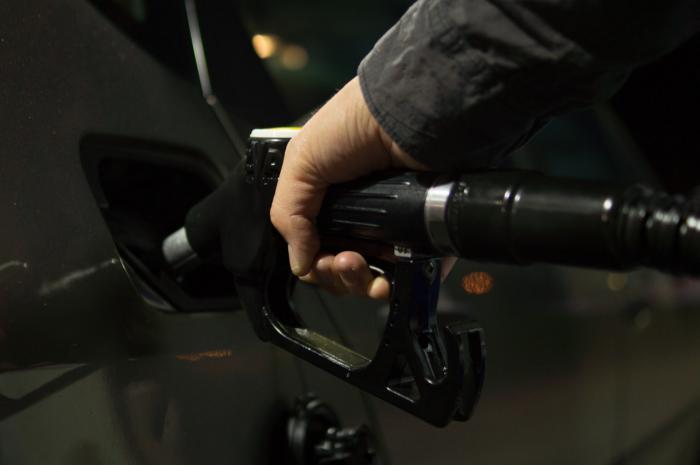Misfuelling is a very annoying yet very common occurrence for drivers in the UK. In fact, it is so common that motoring organisations say that every three to four minutes another unfortunate motorist will be pumping the wrong fuel into their car’s petrol or diesel tank.
Around 95% of misfuelling incidents occur when petrol is pumped by mistake into a diesel car. It’s harder to misfuel the other way around, as diesel pumps have wider nozzles that don’t fit into modern petrol car filler necks. Putting the wrong fuel in your vehicle isn’t the end of the world but, if not treated properly, could be disastrous for your engine as well as your pocket.
Luckily, if you act quickly and effectively, it can be less costly to reverse the damage of misfuelling. Mixing petrol in diesel fuel isn’t the end of the world as long as you realise your mistake at the pump and don’t drive off. Yes, there is a chance that you’ll still be faced with the hassle and cost of getting your fuel tank pumped, but the real damage can occur when you drive away. If you’re unlucky, you could end up with a bill that leaves you thousands out of pocket.
What are the signs of misfuelling?
If you or one of your drivers have misfuelled then hopefully you will realise before you get into your vehicle and drive off. The best case scenario is that you notice before you turn that key. Starting the engine draws fuel through and if it’s spotted before turning on the engine, it can be siphoned out, avoiding more costly repairs to your fuel system.
If you have found yourself driving off before realising your error then there are some common signs that you can look out for. If you drive a petrol car and your petrol tank has been contaminated with diesel then the engine may start misfiring, it won’t want to start or the engine can cut out or you may have a smoky exhaust when driving. Another sign that you put the wrong fuel in your car is if you find your engine jolting or the car loses power and jolts backwards and forwards every time you accelerate. If your car is started and you have misfuelled with diesel then the diesel will clog up the spark plugs and fuel system, causing the vehicle to misfire, smoke and possibly stop running.
The good news is that putting diesel in a petrol engine is far less serious than if you were to put petrol in diesel. A full flush of the fuel lines and the tank is essential to remove any contaminated fuel and to get your vehicle back to normal. After the contaminated fuel has been flushed from the system, the car should start fairly quickly. You will initially see smoke whilst the diesel residue is burnt off, after this the vehicle should run as before the incident.
If you make sure to flush the fuel lines quickly, it is unlikely that you would have done any permanent damage to your engine or fuel system. Once this flush has been carried out and the vehicle has cleared the remaining residue diesel from the system, your car should run fine.
If you’ve realised your mistake before switching your engine on, inform the service station attendant of what’s happened, and then call either your car insurance company or breakdown cover if misfuelling is covered under your policy. If this is too late and you have any of these symptoms listed above, you should ground to a halt and call your breakdown cover service immediately. This will avoid any further contamination to your engine with the diesel residue.
Every insurance company is different. If you have a new car or are looking to get a new car, it may be worth enquiring about the misfuelling cover. If you’ve put the wrong type of fuel in your car, don’t panic. Around 150,000 Brits make the same mistake every year and solutions are out there. If you want to avoid problems like these in the future, why not check out an electric vehicle? We have a range of EV blogs to get you started or contact our team today.
